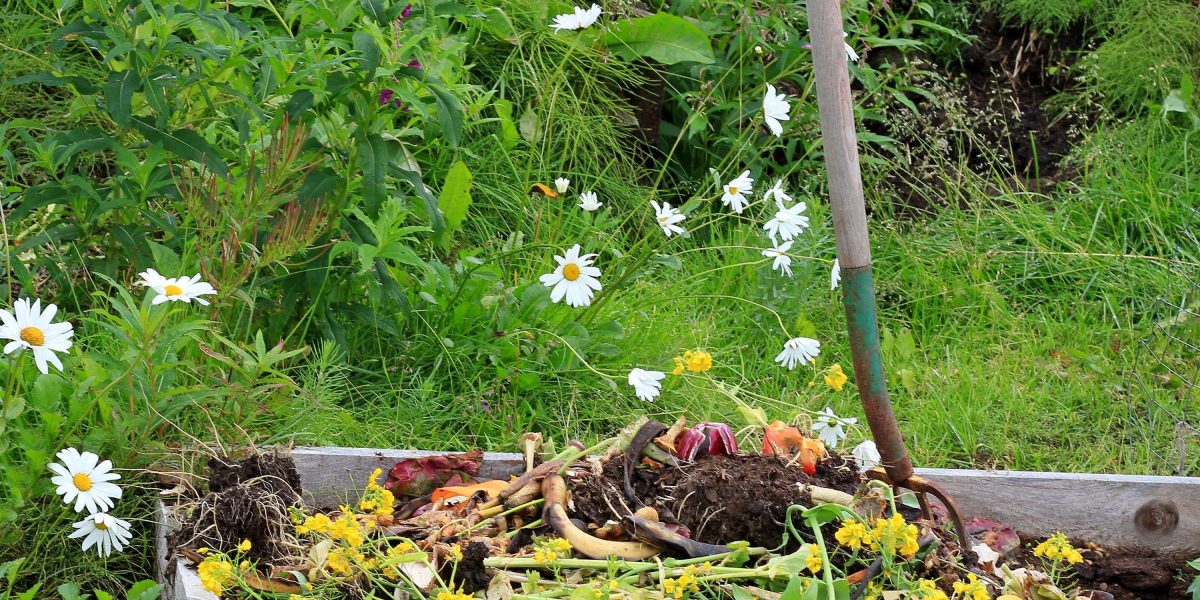Home & Living
A Beginner’s Guide To Composting
Here’s a handy guide to starting your own compost pile
Composting is a great way to recycle
kitchen and yard waste and ensure you won’t have to pay an arm and a leg for
fertilizer. It’s also super important for the environment, as composting
diverts organic material from landfills where it rots and emits methane, a major greenhouse gas.
It’s actually pretty easy to do, too. And it
doesn’t take much room. Even many city dwellers can do it. Here’s a handy guide
to starting your own compost pile from organicgardening.com.
Materials:
- Carbon-rich
“brown” materials, such as fall leaves, straw, dead flowers from
your garden, and shredded newspaper. - Nitrogen-rich
“green” materials, such as grass clippings, plant-based kitchen waste
(vegetable peelings and fruit rinds, but no meat scraps), or barnyard animal
manure (even though its color is usually brown, manure is full of nitrogen like
the other “green” stuff). Do not use manure from carnivores, such as cats or
dogs. - A
shovelful or two of garden soil. - A
site that’s at least 3 feet long by 3 feet wide.
Instructions:
Start by spreading a layer that is several inches thick of
coarse, dry brown stuff, like straw or cornstalks or leaves, where you want to
build the pile.
Top that with several inches of green stuff.
Add a thin layer of soil.
Add a layer of brown stuff.
Moisten the three layers.
Continue
layering green stuff and brown stuff with a little soil mixed in until the pile
is 3 feet high. Try to add stuff in a ratio of three parts brown to one part
green. (If it takes awhile before you have enough material to build the pile
that high, don’t worry. Just keep adding to the pile until it gets to at least
3 feet high.)
Every
couple of weeks, use a garden fork or shovel to
turn the pile, moving the stuff at the center of the pile to the outside and
working the stuff on the outside to the center of the pile. Keep the pile
moist, but not soggy. When you first turn the pile, you may see steam rising
from it. This is a sign that the pile is heating up as a result of the
materials in it decomposing. If you turn the pile every couple of weeks and
keep it moist, you will begin to see earthworms throughout the pile and the
center of the pile will turn into black, crumbly, sweet-smelling “black gold.”
When you have enough finished compost in the pile to use in your garden, shovel
out the finished compost and start your next pile with any material that hadn’t
fully decomposed in the previous one.
Note: You
don’t need a compost bin to make compost. You simply need a pile that is at
least 3 by 3 by 3 feet. A pile this size will have enough mass to decompose
without a bin. Many gardeners buy or build compost bins, however, because they
keep the pile neat. Some are designed to make turning the compost easier or
protect it from soaking rains.
Compost Cab
If
you don’t have the time, space, or inclination to do that, but want to divert
your organic waste from the trash, there’s Compost Cab. Founded in D.C. in
2010, Compost Cab is a service that collects customers’ compostable material
once a week and then distributes it to local organizations that can use them,
such as urban farms and gardens. Compost Cab services Baltimore City and,
through a partnership with Farm Alliance of Baltimore City, distributes
residents’ compost to its member farms. Though Compost Cab is not available in
the Baltimore ‘burbs just yet, it hopes to get there soon. For more
information, visit compostcab.com.
